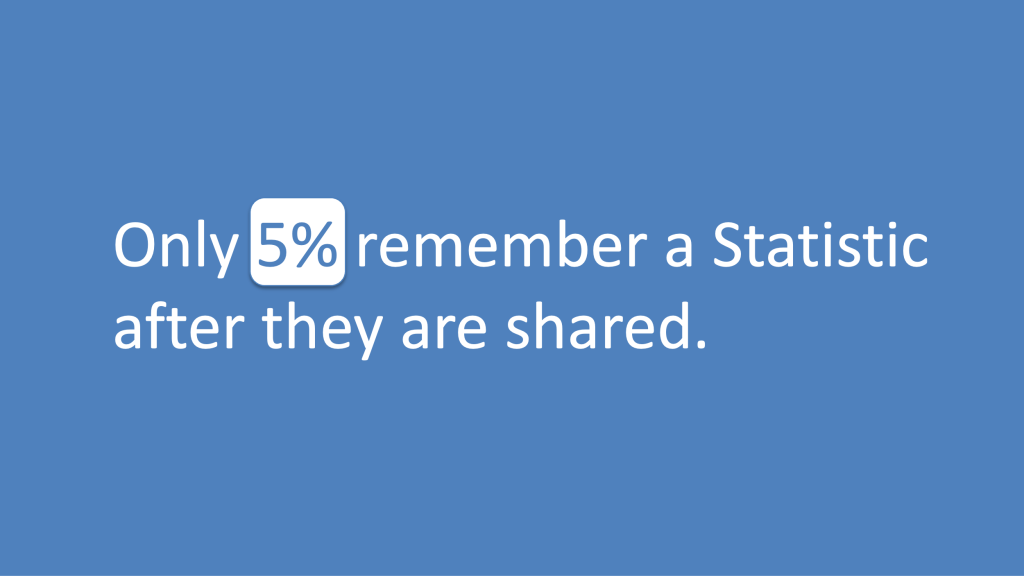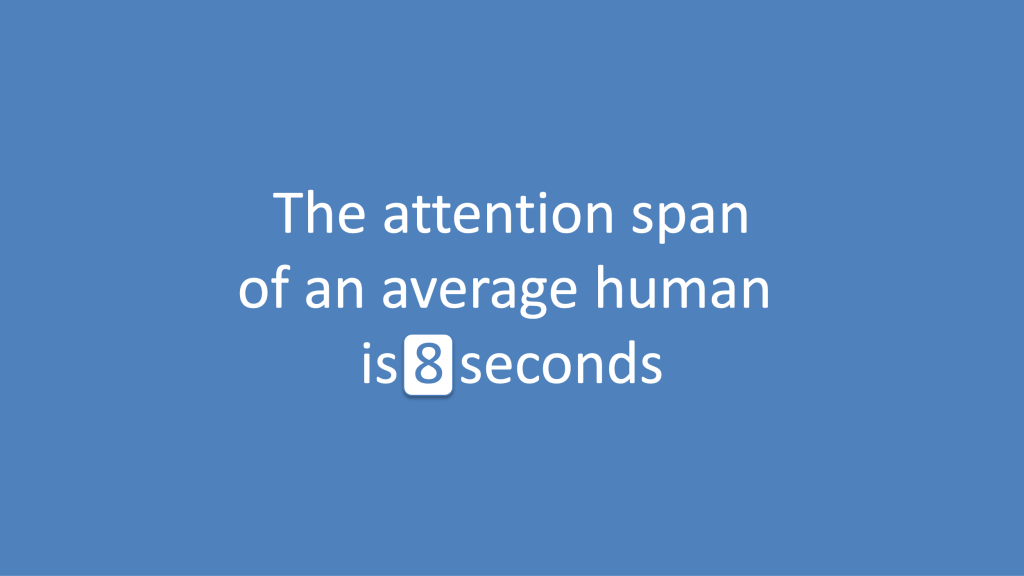On May 20, 2013, a tornado of the highest category EF5 hit the small town of Moore in the American state of Oklahoma. The tornado left a trail of destruction with considerable damage to buildings, infrastructure, and the forests. A young man is going through the debris to look for anything that survived. [Starting with a Hook]
Imagine conversing with someone who shares your deep passion for a subject. You could talk for hours, diving into every detail, story, and nuance. This enthusiasm is a gift that many entrepreneurs and nonprofit leaders share. They are deeply invested in their work and want to communicate that passion to others. However, listing services or programs won’t cut when creating videos, public relations content, or brochures. Without a compelling story, the odds are stacked against you in capturing anyone’s interest or support.

The Magic of Storytelling
Entrepreneurs, especially those in nonprofits, often have an uphill battle. For-profit businesses have the advantage of offering services people need and are willing to pay for. For instance, a plumbing company can easily attract customers by promising to fix common issues like clogged drains or leaky faucets. They not only solve these problems but do so in a way that reassures and comforts their clients.
On the other hand, nonprofits provide services to those who often cannot afford to pay. They might offer free lunches to children whose parents struggle to make ends meet. The impact of their work is profound, yet the challenge lies in communicating this effectively to potential supporters.

Why Stories Matter
The temptation for many nonprofits is to dive into the details of their programs—how they operate, the statistics, the history. But here’s the catch: most people aren’t interested in hearing all those details immediately. Think of it like meeting someone new. They might tune out if you overwhelm them with intricate details about your favorite subject.
Instead, it would be best to have a story to engage and hook your audience, much like a fisherman uses bait. A good story draws people in, making them curious and eager to learn more. The movie trailer teases the plot just enough to make you want to watch the entire film.

Tips for Effective Storytelling
- Start with the Problem: Like a movie trailer, begin by presenting a problem that needs solving. This grabs attention and sets the stage for your story.
- Humanize Your Story: Use real-life examples and testimonials. Show the faces and tell the stories of those who benefit from your services.
- Keep It Concise: You have only a few seconds to capture interest. Make sure your opening is compelling and straight to the point.
- Use Emotion: Tap into the emotional side of your story. People are more likely to support causes and services that resonate with them.
- Show Impact: Highlight the difference your service or nonprofit makes. Show the before and after, and let your audience see the tangible impact of their support.
- Call to Action: End with a clear call to action. Tell your audience exactly what you want them to do next, whether donating, volunteering, or learning more about your services.
By leading with a story, you capture attention and create a connection. This connection can transform passive viewers into active supporters eager to be part of the solution you offer. So, next time you’re crafting content, remember stories are your most powerful tool. Use them wisely and watch your message resonate.

